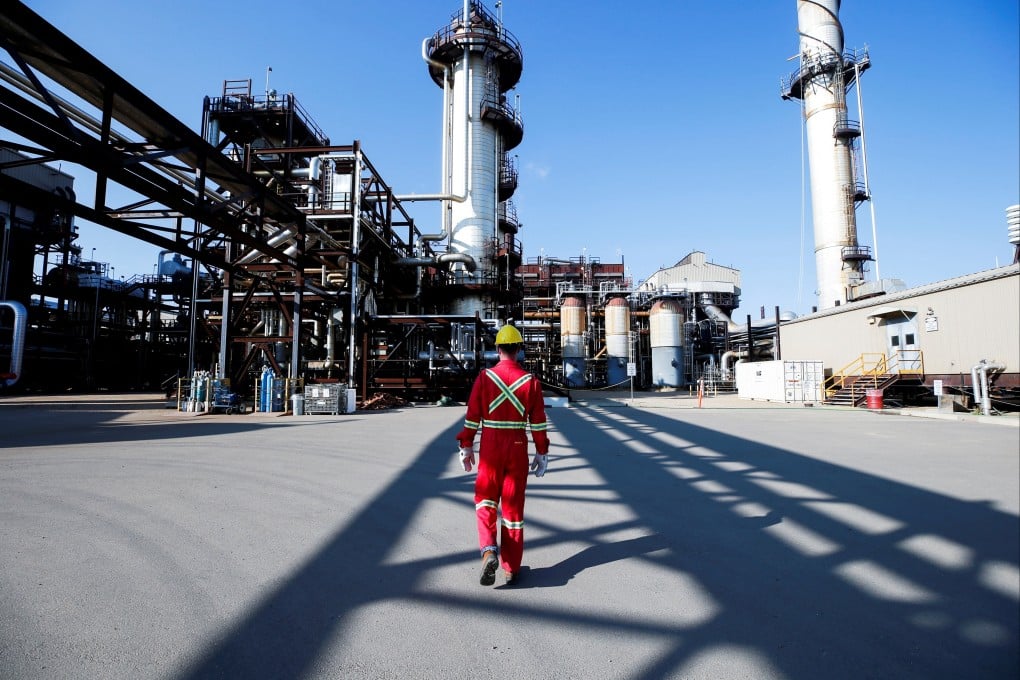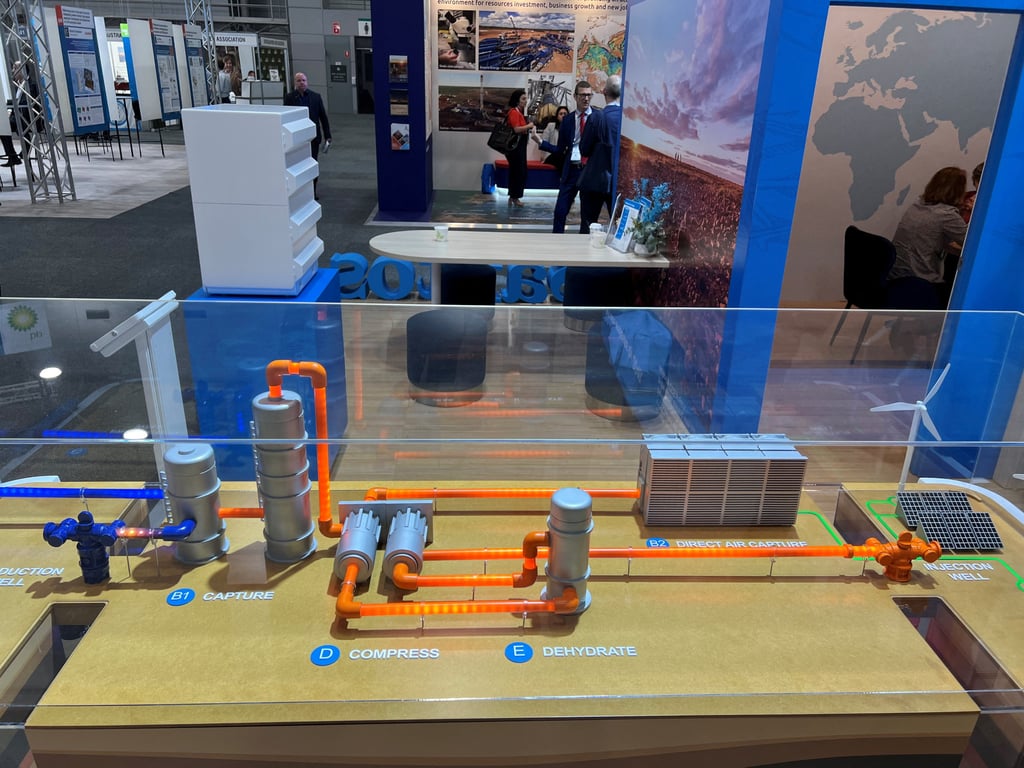Climate change: why carbon capture and storage projects in their current form are not living up to their promise
- Almost 75 per cent of the carbon capture utilisation and storage (CCUS) projects worldwide have been used for enhanced oil recovery to boost oil and gas production
- More research and investment is needed for CCUS in sectors and applications that will help fight climate change, Institute for Energy Economics and Financial Analysis says

Most of the carbon dioxide captured by carbon capture utilisation and storage (CCUS) projects – widely seen as a solution for fighting climate change – has been used to boost fossil fuel output, leading to more emissions, according to a research report.
Almost three-quarters of the annual carbon dioxide capturing capacity worldwide – roughly 28 million tonnes out of 39 million tonnes – has been used for so-called enhanced oil recovery (EOR) projects that inject the greenhouse gas into oil and gas wells to boost production.
About 27 per cent has been stored underground, while a tiny amount of the gas was used to make soft drinks. Some of it has also been used for making cement and plasterboard blocks.

EOR results in carbon dioxide emissions, both directly from burning fuel to compress and pump carbon dioxide deep underground, and indirectly from combusting the extra oil and gas produced using EOR.